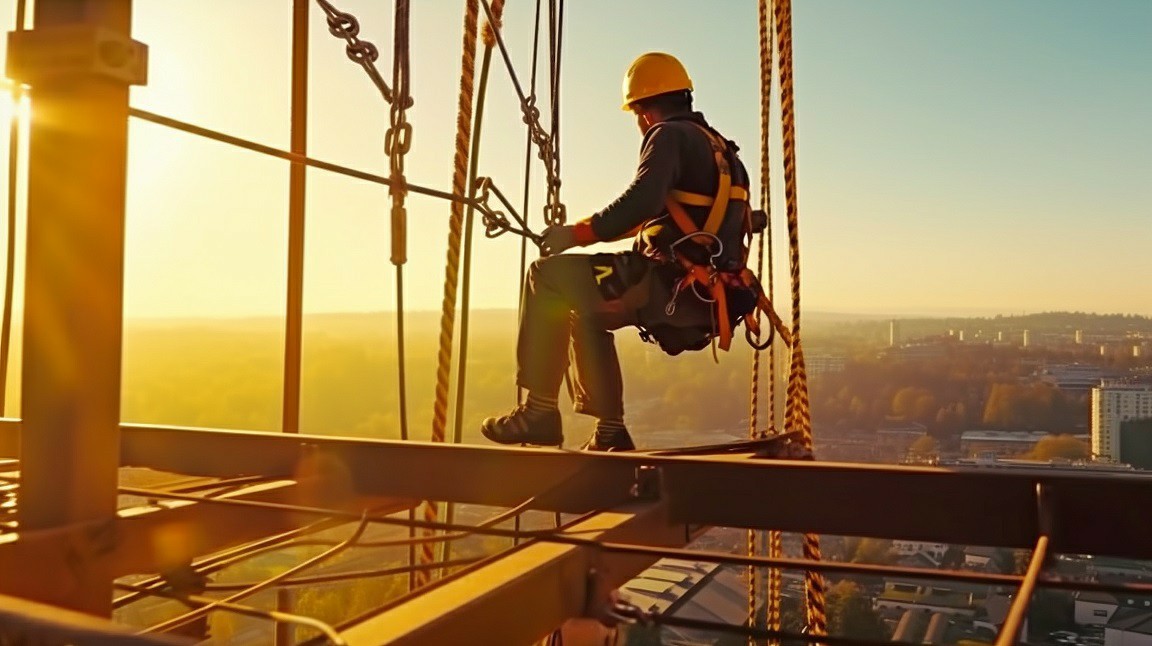


 349,500 Offered Certificates
349,500 Offered Certificates
 24/7 Online Training
24/7 Online Training
 Money Back Guarantee
Money Back Guarantee
 Fully Accredited Courses
Fully Accredited Courses

Created at: 22-02-2025 14:51
In the bustling construction and maintenance industries of Ireland, safety is paramount. Among the many regulations in place to protect workers, the Working at Heights regulations hold significant importance. Failing to comply with these laws can have dire consequences that extend far beyond individual injuries. This article will explore the legal penalties, financial losses, and reputational damage businesses may face when they overlook Working at Heights safety requirements.
One of the most immediate repercussions of failing to adhere to Working at Heights regulations is the risk of legal action. In Ireland, the Health and Safety Authority (HSA) enforces strict guidelines to ensure worker safety. Non-compliant companies may face:
The financial ramifications of non-compliance can be profound. Beyond the immediate fines, businesses may suffer:
For instance, a construction firm in Dublin faced a €500,000 fine and additional legal costs after a worker fell from height due to inadequate safety measures. As project delays compounded, the total financial fallout exceeded €1 million.
The impact of non-compliance extends beyond immediate financial and legal repercussions. The reputation of a business can suffer significantly:
In a notable case, a construction business in Cork experienced a sharp decline in contracts after a high-profile accident involving inadequate safety measures, showcasing how quickly reputation can erode.
Several companies have faced severe consequences due to failures in Working at Heights safety. Below are prominent examples:
To protect your business and workers from the consequences of non-compliance, consider the following steps:
Offering an online version of the Working at Heights course can engage remote workers and other team members effectively.
Non-compliance with Working at Heights regulations is a risk that Irish businesses cannot afford to ignore. The potential legal, financial, and reputational damages can be staggering. It is essential for businesses to prioritize safety through certified training and consistent compliance efforts. By investing in Working at Heights certification and ensuring all employees are adequately trained, companies can safeguard not only their workers but also their profitability and reputation.
Don't wait for an incident to occur — take proactive steps today to protect your business. Learn more about our certified Working at Heights training [here](https://ireland-safetytraining.com/working-at-heights-course) or contact us at [email protected] for more information.